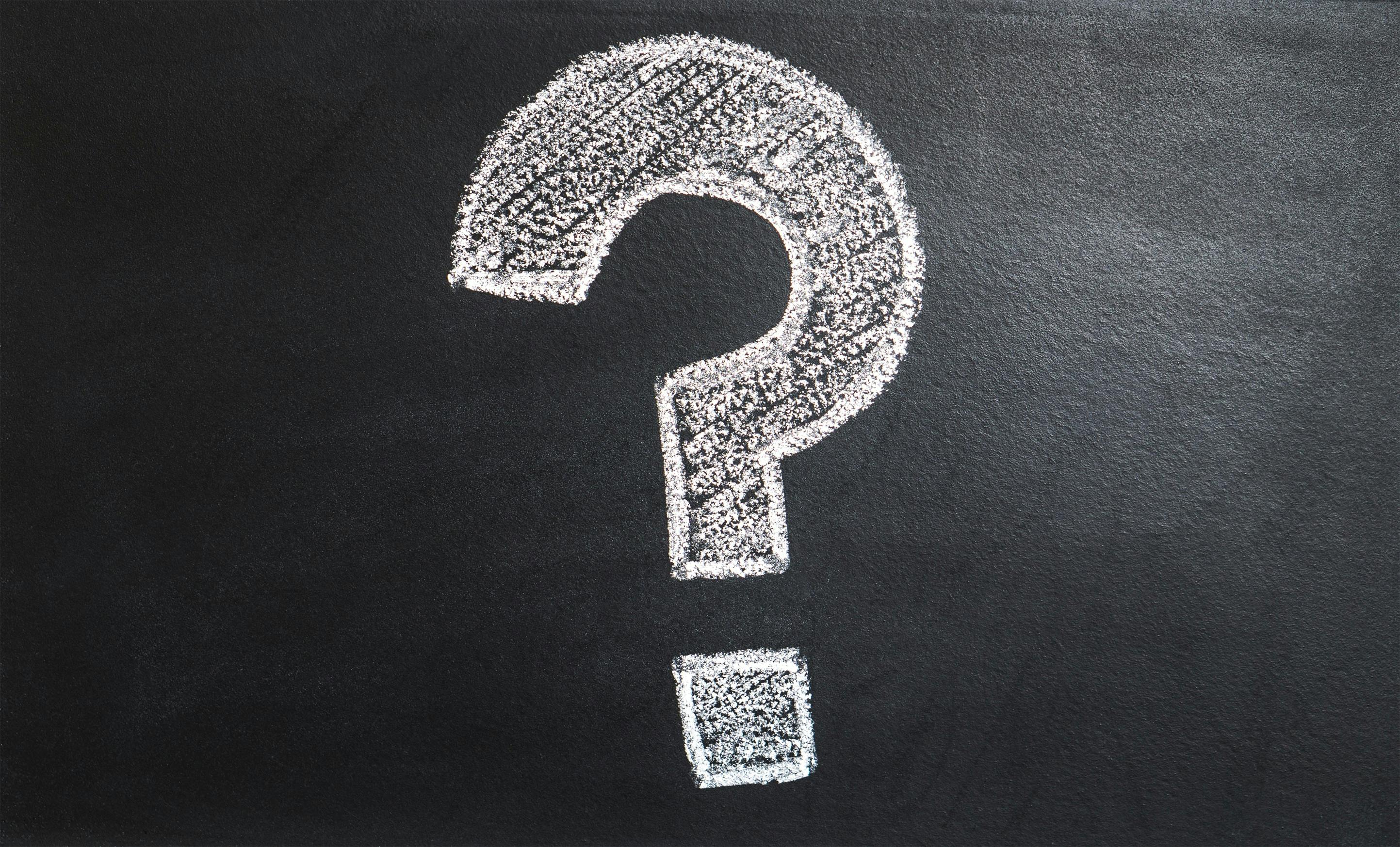Ever tried to have a heart-to-heart conversation in a shouting match? That’s what using a B2C email strategy for a B2B audience feels like in 2025—and vice-versa. For years, marketers have drawn a hard line in the sand: B2B is for logical, long-term relationship-building, while B2C is for emotional, flash-in-the-pan sales. But as we navigate a world saturated with AI-generated noise, that line is blurring.
The truth is, both worlds are converging on a single, powerful principle: human connection. While the tactics diverge, the core mission is the same. As author and speaker Simon Sinek says, “People don’t buy what you do; they buy why you do it.”

The B2B Mindset: The Logic of Trust
B2B email marketing isn’t about pushing a discount; it’s about earning a seat at the table. The B2B sales cycle is a marathon, not a sprint, often involving multiple decision-makers over months. Your audience isn’t thinking, “Does this look cool?” They’re asking, “Will this solve our multi-million dollar problem?”
Effective B2B tactics for 2025 focus on:
Problem-Solving over Pitching: Your content must educate and demonstrate clear value. Instead of “20% Off Our Software,” think “A Framework to Cut Your Team’s Inefficiency by 30%.”
Role-Based Segmentation: An email to a CFO must speak the language of ROI and budget allocation, while one to an IT Director should focus on security, integration, and implementation. Generic blasts are dead.
Nurturing with Depth: B2B buyers require consistent, high-value touchpoints. This involves drip campaigns that deliver case studies, white papers, and webinar invites—not just product reminders. A Forbes analysis notes that most B2B emails are structured like “polite, predictable, and forgettable sales letters” when they should be designed for surprise and insight.
The B2C Mindset: The Emotion of the Moment
In the B2C world, you’re not talking to a committee; you’re talking to a person scrolling on their phone during a coffee break. The sales cycle can be as short as a few seconds, driven by desire, brand identity, and impulse.
Winning B2C tactics for 2025 leverage:
Emotional Triggers: B2C emails thrive on storytelling, vivid imagery, and creating a sense of urgency or belonging. The goal is to make the consumer feel something about the brand.
Behavioral Automation: These are the quick, responsive campaigns that generate massive returns. Think abandoned cart reminders, birthday rewards, and post-purchase follow-ups with personalized product recommendations. According to Forbes, personalization in B2C emails can generate six times higher transaction rates.
High Frequency & Visual Appeal: Unlike the more measured cadence of B2B, B2C marketing often involves more frequent communication, especially around promotions or new arrivals. The design must be eye-catching and optimized for mobile to capture attention instantly.
The 2025 Convergence: It’s All H2H (Human-to-Human)
While the playbooks differ, the most forward-thinking marketers recognize that the divide between B2B and B2C is dissolving. Whether a CEO or a college student, the person on the other end of the email is still human.
“The greatest danger in times of turbulence is not the turbulence; it is to act with yesterday’s logic.” – Peter Drucker
Both B2B and B2C strategies are now leaning on:
Authentic Personalization: Moving beyond [First_Name] to reference a prospect’s industry challenges (B2B) or a customer’s past purchases (B2C) shows you’re paying attention.
Interactive Content: Polls, quizzes, and embedded videos are no longer just for B2C. Forbes notes that B2B brands are increasingly using interactive content to engage prospects in a more memorable way.
Building Trust Through Compliance: With sender verification like BIMI and DMARC becoming standard, proving you are a legitimate and trustworthy sender is crucial for inbox placement in both arenas.
Here is a simple breakdown of the strategic differences:
- B2B Email Marketing: The Strategic Breakdown
Primary Goal: Build relationships, educate, and nurture long-term leads.
Audience Mindset: Logical and ROI-focused. They seek efficiency, proof, and value.
Sales Cycle: Typically long, lasting months or even years and involving multiple decision-makers.
Key Metrics: Success is measured by lead quality, influence on the sales pipeline, and deep engagement.
Content Focus: The emphasis is on in-depth, educational content like white papers, case studies, and webinars.
2. B2C Email Marketing: The Strategic Breakdown
Primary Goal: Drive immediate sales and build brand loyalty through direct engagement.
Audience Mindset: Emotional and often impulsive. They seek deals, personal identity fulfillment, and instant gratification.
Sales Cycle: Very short, often lasting just minutes to a few days with a single decision-maker.
Key Metrics: Success is measured by direct conversion rates, click-through rates, and revenue per email sent.
Content Focus: The emphasis is on visually appealing, promotional content that highlights sales, new arrivals, and brand stories.
References
https://www.forbes.com/councils/forbescommunicationscouncil/2023/07/26/what-are-the-key-differences-between-b2b-and-b2c-marketing/
https://www.forbes.com/councils/forbescommunicationscouncil/2025/07/03/rethinking-b2b-email-marketing-why-youve-been-doing-it-backward/

